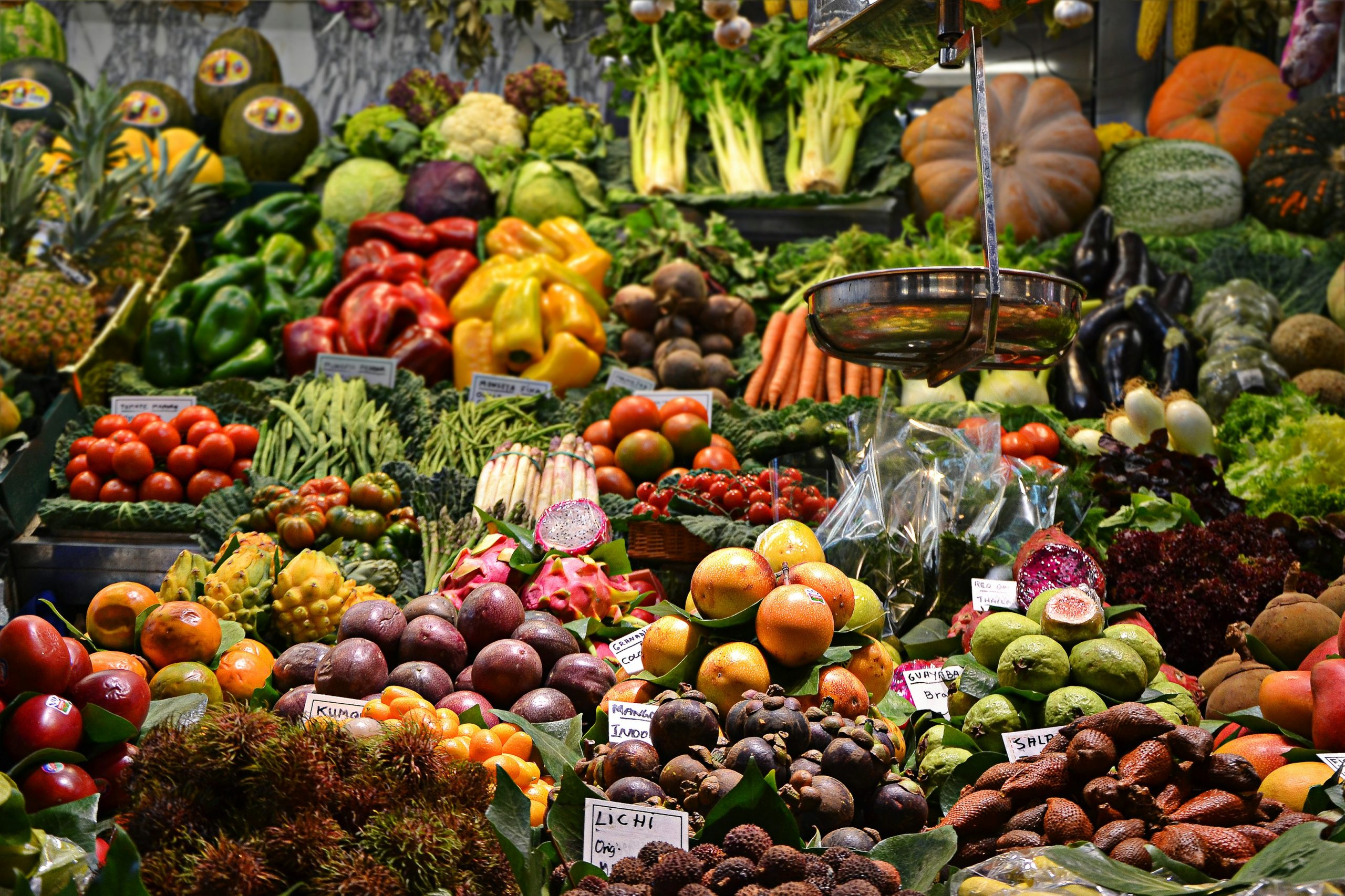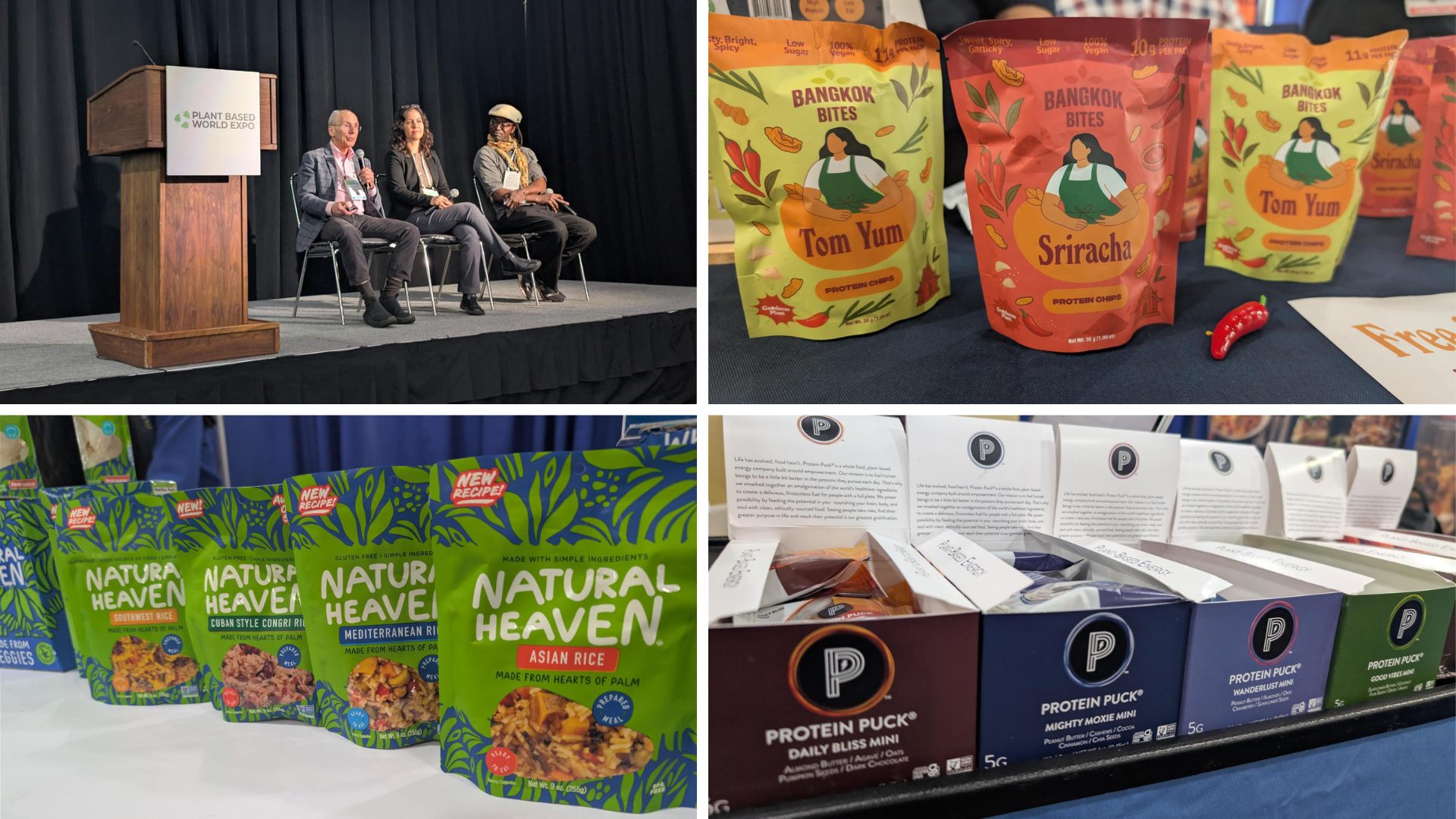Curiosity is the number one reason consumers try plant-based foods, but what will keep them coming back for more? At the Plant Based World Expo in New York City last week, Steve Markenson, VP of Research & Insights at FMI, The Food Industry Association, addressed this essential question.
Presenting findings from FMI’s Power of Plant-Based Alternative Foods and Beverages 2023 report, Markenson shed light on what consumers think about plant-based foods, who’s buying them, and what will lead to repeat purchases. The Food Institute caught up with Markenson after the Expo to discuss key takeaways from the report:
What Inspires Plant-Based Purchases?
“Consumers, especially younger ones, are looking for new and different experiences,” Markenson explained. “In the current economic environment, eating out is more of a luxury. Some of the plant-based alternatives are getting their attention as a new and different food experience.”
That could be one reason why most shoppers (84%) have tried at least one plant-based food or beverage alternative, and two-thirds of shoppers (66%) consume these products at least occasionally.
Likewise, 42% of consumers put at least some effort into selecting plant-based food options, a figure that has remained consistent since 2022, with 15% putting a lot of effort into these choices.
It is worth noting that plant-based milk continues to be the most regularly consumed plant-based alternative, consumed by at least one in 10 consumers daily, with 28% consuming it at least once per week.
Who Are Plant-Based Consumers?
But while the percentage of people who try to eat plant-based has held steady, the 26% of consumers who are largely unwilling to try plant-based foods isn’t budging either. According to Markenson, the hesitancy of this group isn’t necessarily the fault of the plant-based market.
“Some people are just not adventurous or even open to trying new and different foods,” said Markenson. “It is just hard to get them over that threshold. I don’t think this is just about plant-based alternatives—it’s more about staying with what you know and are familiar with for some customers.”
It’s no surprise, then, that the shoppers who are already consuming some plant-based food and beverages are much more likely to be willing to try new and different types of plant-based alternatives (64%).
According to FMI, these shoppers are:
- Gen Z and millennials
- West coast residents
- Larger households with children
- College graduates
- Households with income of $100,000 plus
- Urban and suburban residents
- Those who spend more on groceries
- Those who shop online for groceries
What Keeps Consumers Coming Back?
Beyond general curiosity, nutrition and healthier eating are frequently cited reasons for trying plant-based alternatives. Consumers strongly associate plant-based foods with healthy eating, but they are also paying close attention to ingredient lists, which impacts their decision-making.
“Shoppers are being a lot more prudent in their shopping and reading labels more closely. Some express concerns about the number of and type of ingredients in the plant-based alternatives,” explained Markenson.
“This is something that the plant-based industry should know and be cognizant of. Cleaner labels (fewer ingredients) are perceived more positively by shoppers.”
But above all else, no matter how willing a consumer is to try plant-based alternatives—whether for the thrill of a new experience or for health benefits—taste still matters most.
Among those shoppers who have tried various plant-based alternatives, taste, texture, and not meeting expectations are the most frequently mentioned reasons for not continuing to eat these products.
“[Plant-based alternatives] benefit from being better for me and better for the planet,” said Markenson. “So, [consumers] may try them. But, to hold on to them they have to deliver on taste. As one shopper told me, ‘If it does not taste good then I will just go without.”











